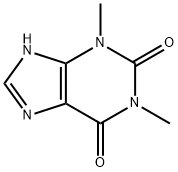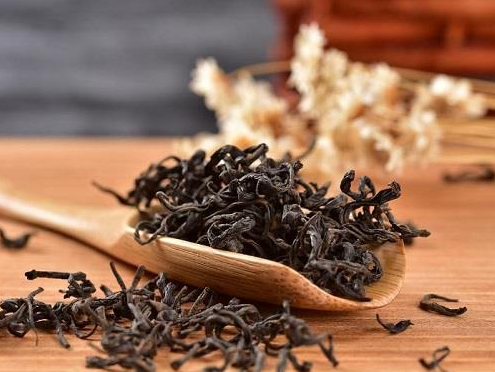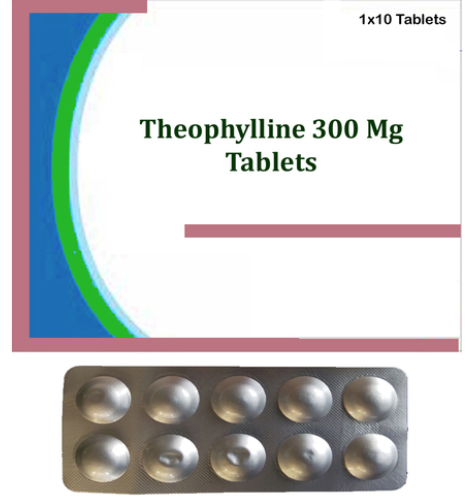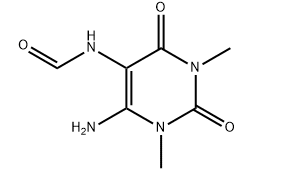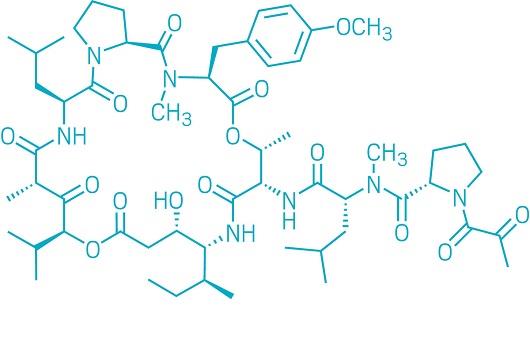Mechanism of action of Pharmacodynamics
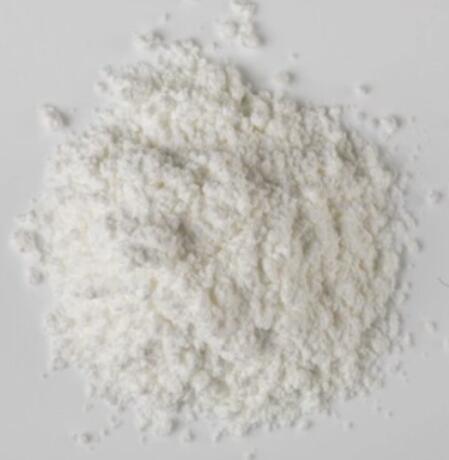
Uses
Theophylline is used to treat lung diseases such as asthma and COPD (bronchitis, emphysema). It must be used regularly to prevent wheezing and shortness of breath. This medication belongs to a class of drugs known as xanthines. It works in the airways by relaxing muscles, opening breathing passages, and decreasing the lungs' response to irritants. Controlling symptoms of breathing problems can decrease time lost from work or school.
Mechanism of action
Like other methylated xanthine derivatives, theophylline is both a competitive nonselective phosphodiesterase inhibitor,which raises intracellular cAMP, activates PKA, inhibits TNF-alpha and inhibits leukotriene synthesis, and reduces inflammation and innate immunity.
nonselective adenosine receptor antagonist,antagonizing A1, A2, and A3 receptors almost equally, which explains many of its cardiac effects.
Theophylline has been shown to inhibit TGF-beta-mediated conversion of pulmonary fibroblasts into myofibroblasts in COPD and asthma via cAMP-PKA pathway and suppresses COL1 mRNA, which codes for the protein collagen.
It has been shown that theophylline may reverse the clinical observations of steroid insensitivity in patients with COPD and asthmatics who are active smokers (a condition resulting in oxidative stress) via a distinctly separate mechanism. Theophylline in vitro can restore the reduced HDAC (histone deacetylase) activity that is induced by oxidative stress (i.e., in smokers), returning steroid responsiveness toward normal.
Furthermore, theophylline has been shown to directly activate HDAC2.(Corticosteroids switch off the inflammatory response by blocking the expression of inflammatory mediators through deacetylation of histones, an effect mediated via histone deacetylase-2 (HDAC2). Once deacetylated, DNA is repackaged so that the promoter regions of inflammatory genes are unavailable for binding of transcription factors such as NF-κB that act to turn on inflammatory activity. It has recently been shown that the oxidative stress associated with cigarette smoke can inhibit the activity of HDAC2, thereby blocking the anti-inflammatory effects of corticosteroids.)
Warnings
Never use theophylline in larger amounts, or for longer than prescribed. Seek medical attention if your breathing problems get worse quickly, or if you think your medications are not working as well.
Overdose can occur if you take too much theophylline at one time, or if your daily doses are too high.
Tell your doctor about all your current medicines and any you start or stop using. Many drugs can interact with theophylline.
Related articles And Qustion
See also
Lastest Price from Theophylline manufacturers

US $1.00/KG2025-09-12
- CAS:
- 58-55-9
- Min. Order:
- 1KG
- Purity:
- 99%
- Supply Ability:
- 200000KG

US $0.00-0.00/kg2025-06-11
- CAS:
- 58-55-9
- Min. Order:
- 0.0001kg
- Purity:
- 99.99%
- Supply Ability:
- 200000t
